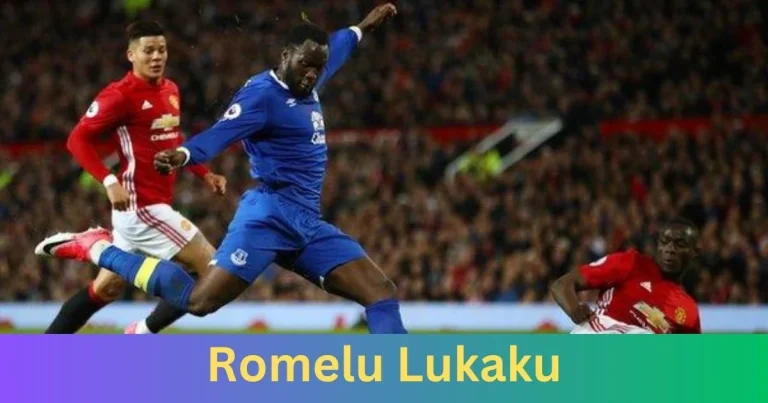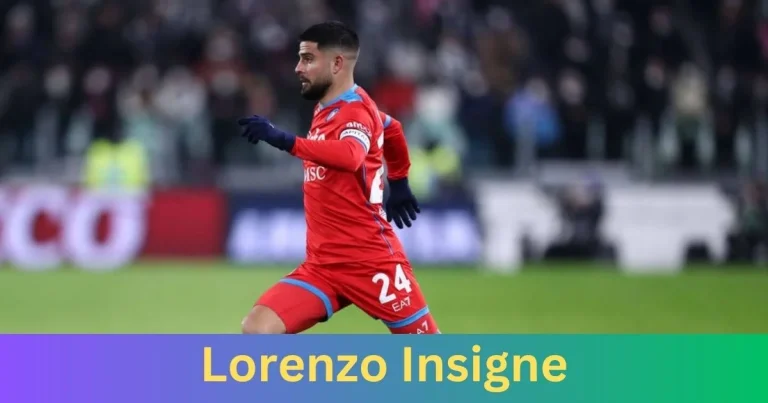Psychology Behind Colors in Sports
Color isn’t just a visual experience; it plays a pivotal role in sports, influencing players, fans, and the entire atmosphere of a game. Colors have the power to evoke emotions, enhance performance, and solidify team identity. In this blog, we’ll explore the dynamic world of color psychology in sports, discussing how different hues can influence athletes’ performance, impact audience engagement, and define team branding.
The Basics of Color Psychology
Color psychology is the study of hues as a determinant of human behavior. Colors can affect people’s physical and emotional state. For instance, red can increase heart rate and stimulate adrenaline, while blue can calm the mind and soothe the nerves. In the competitive setting of sports, these psychological effects are crucial. Teams and athletes often leverage color to gain psychological advantages during competitions, affecting both their performance and the perception of their opponents.
Influence of Colors on Athletes
The impact of colors on athletes is profound. Red, often seen in uniforms, can enhance performance by boosting aggression and physical speed. It’s no coincidence that many successful sports teams, like Manchester United or the Chicago Bulls, wear red. On the contrary, blue, prevalent in teams like the New York Giants or the Golden State Warriors, is believed to promote strategic thinking and calmness, essential in high-pressure scenarios.
Research supports these claims. A study revealed that Olympic athletes wearing red uniforms had a higher probability of winning than those in blue. These subtle psychological edges can be crucial in sports, where victory is often measured in milliseconds or a single score.
Impact of Colors on Team Identity and Branding
Colors are integral to team identity and branding. They convey attributes like strength, enthusiasm, or tradition. Teams choose colors that reflect their desired image or resonate with local culture. For instance, the Los Angeles Lakers’ purple and gold represent royalty and excellence, appealing to an ambitious fanbase.
TeamFanFares, a platform dedicated to sports culture, extensively discusses how various teams decide on their color codes. Their insights reveal that color choices are not just about aesthetics but are deeply embedded in a team’s identity and marketing strategy, influencing merchandise sales and fan loyalty.
Color Influence on Audience and Fans
Colors also significantly impact the audience. Team colors can create a sense of unity among fans, as seen in the sea of green and yellow at Green Bay Packers’ games, enhancing community spirit and camaraderie. Moreover, certain colors can attract or repel viewers. Bright colors like orange or yellow can be energizing and are more likely to keep fans engaged and optimistic, even in less thrilling game moments.
TeamFanFares showcases how understanding fan psychology and color preferences helps teams enhance fan experiences, from the design of the stadium to the team merchandise.
Color Trends and Changes in Sports
Sports teams occasionally change their colors to rebrand, tap into new fan bases, or signify a new era. These changes can influence team performance and fan engagement. A notable example is the Tampa Bay Buccaneers who switched from their original orange to a darker red, which coincided with improved game performance and a stronger, more aggressive team image.
TeamFanFares tracks these trends, providing fans and sports marketers with valuable insights into why teams make these changes and how they affect fan perception and team dynamics.
Practical Applications
For sports teams looking to optimize their color choices, consider these tips:
- Reflect Local Culture and Values: Choose colors that resonate with the local culture or embody the team’s core values.
- Consider Psychological Effects: Utilize colors known to boost desired emotions or behaviors in athletes.
- Fan Engagement: Select colors that can energize and maintain fan interest, crucial for merchandise sales.
Broadcast media can also use color psychology to enhance viewers’ experience by adjusting on-screen graphics and studio settings to evoke excitement or calmness depending on the sport or match’s pace.
Conclusion
Understanding the psychology behind colors in sports provides teams, athletes, and marketers with a strategic tool that goes beyond the visual. It’s about tapping into emotions, enhancing performance, and building a cohesive brand that resonates with fans. As research expands and teams become more innovative with their visual strategies, the influence of color in sports will only deepen, promising new ways to influence games and engage fans.




